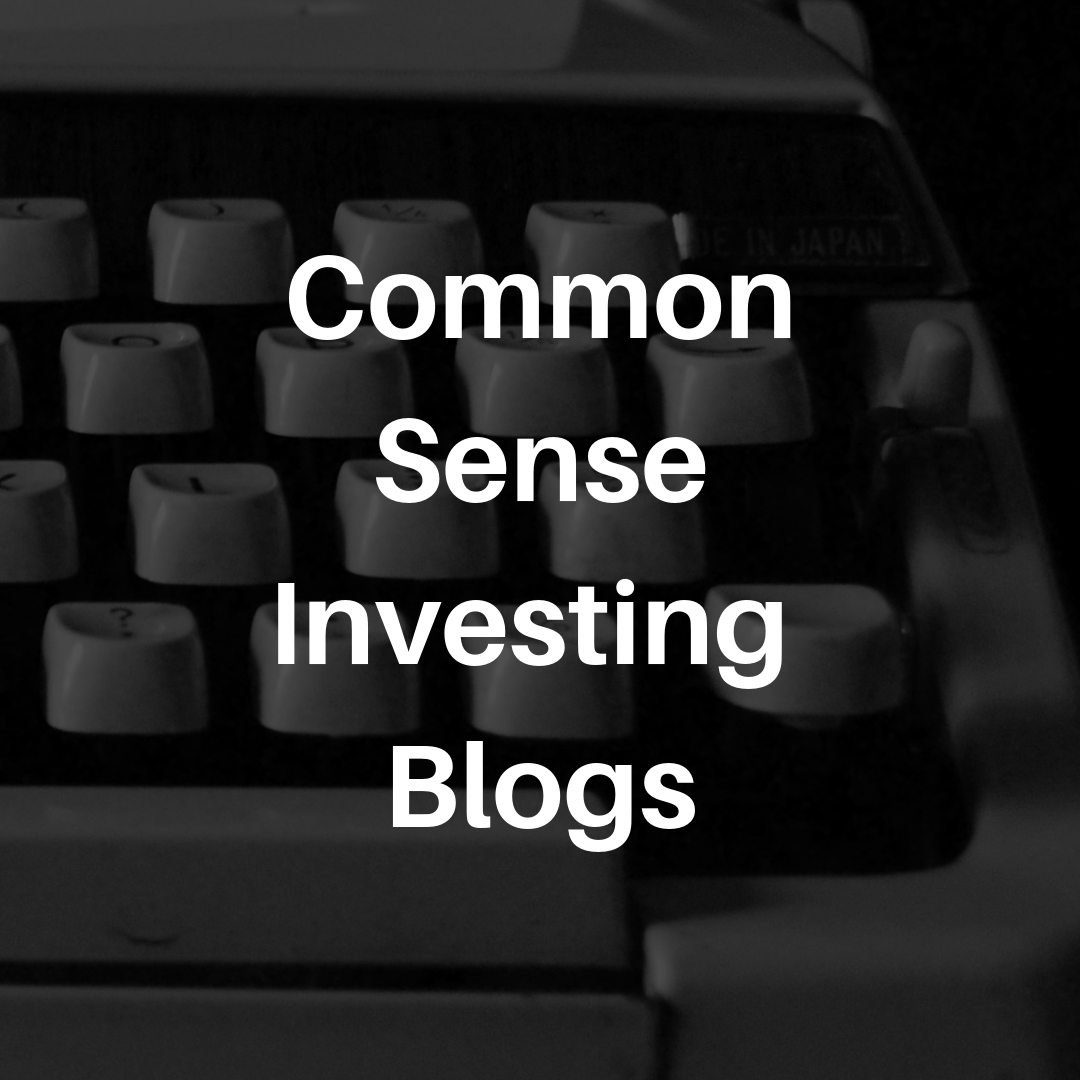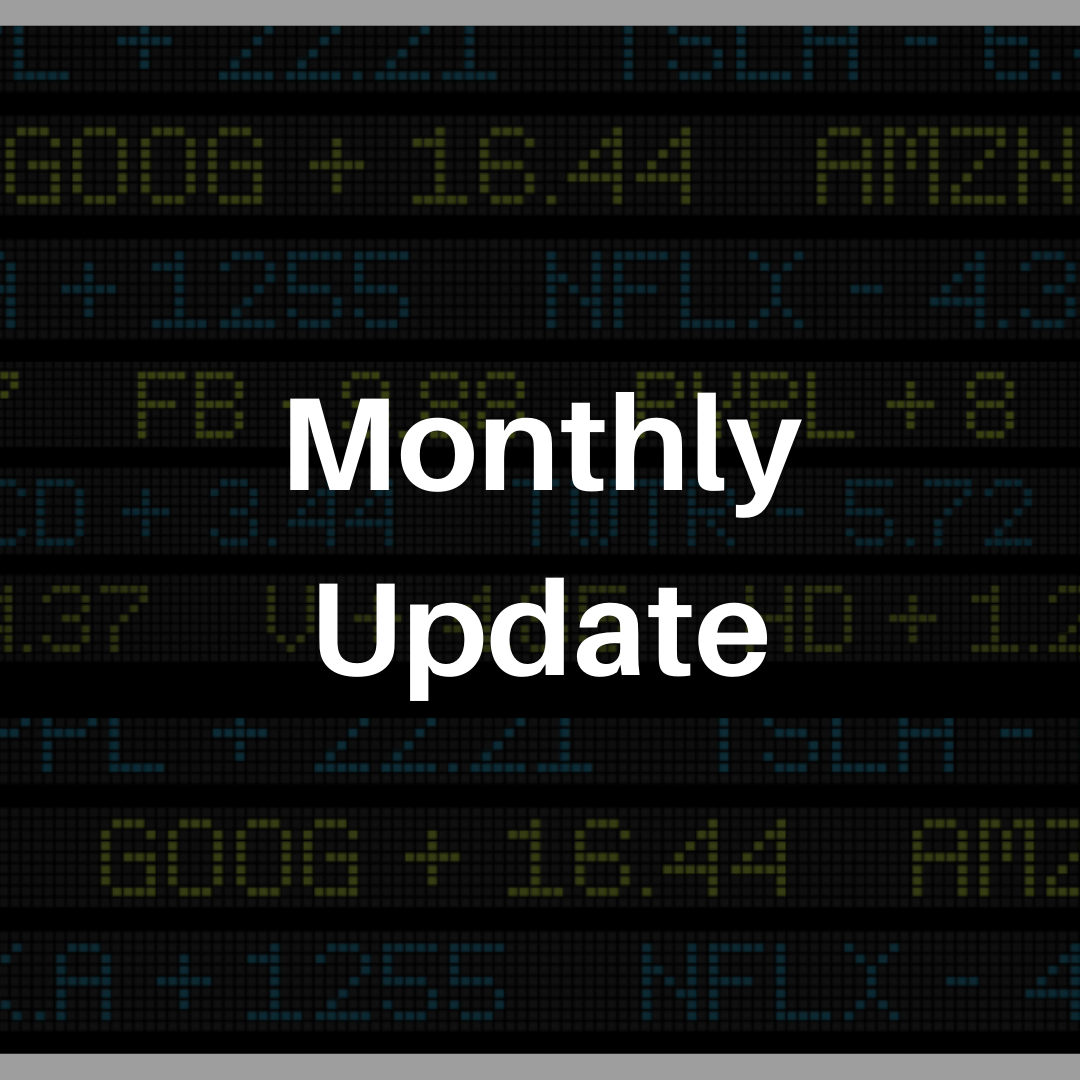
blogs
Our thoughts on trending financial topics. Helping you better understand the details so that you can make better decisions for your investment plans.

Rational Reminder Update
A sensible take on financial markets and investing delivered monthly. To receive our updates via email, sign up at the bottom of our PWL team webpage.

csi videos
All of our deep dive videos on different investment topics. Common Sense Investing keeps a focus on the most important things: facts and evidence.
In their 1991 paper, Investor Diversification and International Equity Markets, Ken French and James Poterba documented investors’ preference for owning stocks from their home country, commonly known as home country bias. They found investors preferred domestic stocks because they expected higher returns in their own equity market compared to other countries’ markets.
Today’s Common Sense Investing post might be more important than anything I have ever covered. In all of my posts and videos, I tell you things that spring from one of the landmark ideas in financial economics: capital market efficiency. As fundamental as market efficiency is to good financial decision-making, it is poorly understood by most investors.
One of the most common perceptions about investing is that it is risky. This is easy to state, but harder to defend when you get into the details. To decide whether or not investing is risky, we first need to think about what “risk” is. Depending on what you are investing in – and what you are investing for – there are different ways to think about and measure risk.
It has been more than a decade since the last U.S. recession. Prior to that, the longest gap between recessions was exactly a decade.
Most of the arguments from dividend lovers boil down to being able to successfully select individual stocks. This is not something most people can do consistently. Even in a supposed stock-picking environment, there is no reason to believe that dividends, or the growth of dividends, would be an indication of a good stock to own.
A lot of people are worried about how index funds might affect the integrity of the stock market. They’ve been fretting about this for years. At the extreme, some have even compared index funds to the collateralized debt obligations that sent the global financial market into crisis in 2008.
Gold is often cited as having a negative correlation with stocks and a positive correlation with inflation, making it sound like an excellent diversifying asset to hold in your portfolio.
Sorry, but in today’s Common Sense Investing, I am going to tell you why gold’s glitter does not earn it a place in your portfolio after all. It may work well as a wedding band, but it doesn’t cut it as an investment.
If you decide to add REITs to an existing portfolio of index funds, we are really talking about adding real estate in excess of its market-cap weights, as described above. If REITs really are a distinct asset class, generating distinct returns, there may be some logic to overweighting them. But before you go all in, let’s unpack that assumption.









When a private company decides to offer equity ownership shares to the public, this is called an Initial Public Offering, or IPO. It is an exciting time for the company and its original private shareholders. The public often gets excited too, especially when it’s a well-known company.